LIFE CYCLE ANALYSIS (LCA)
Here we summarise the findings of the LCA. The report compared four similar 300ml bottle shapes in 30% PCR HDPE and 30% PCR PET, as well as glass and aluminium containers that contain industry average amounts of recyclate, which currently stand at 67% and 75%, respectively, all based on a UK market scenario.
There are many LCAs online for those searching for environmental impact data on plastics and other materials. However, for many Spectra customers, the opportunity to see an average example, in this instance, a 300ml bottle in the four materials, is the closest they will get to real-case scenario evidence to help them in their decision-making process.
MATERIALS USED IN THE ANALYSIS
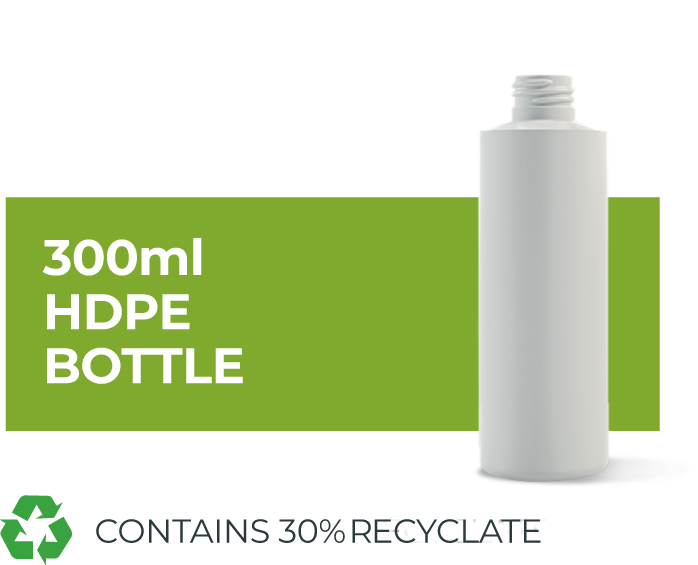
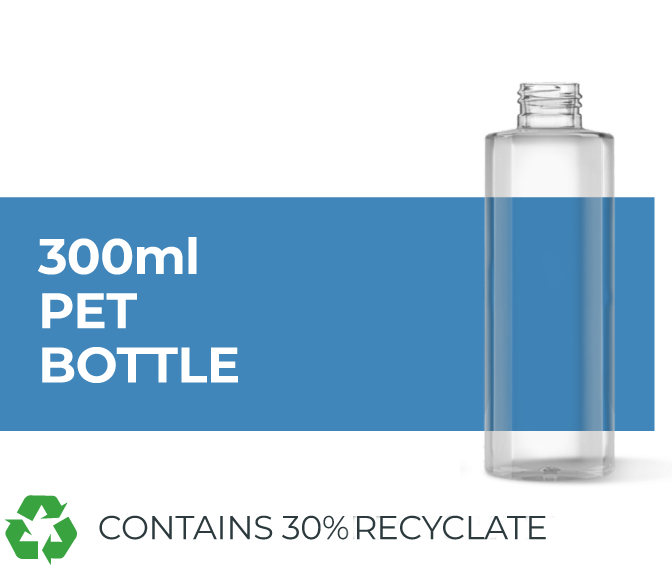
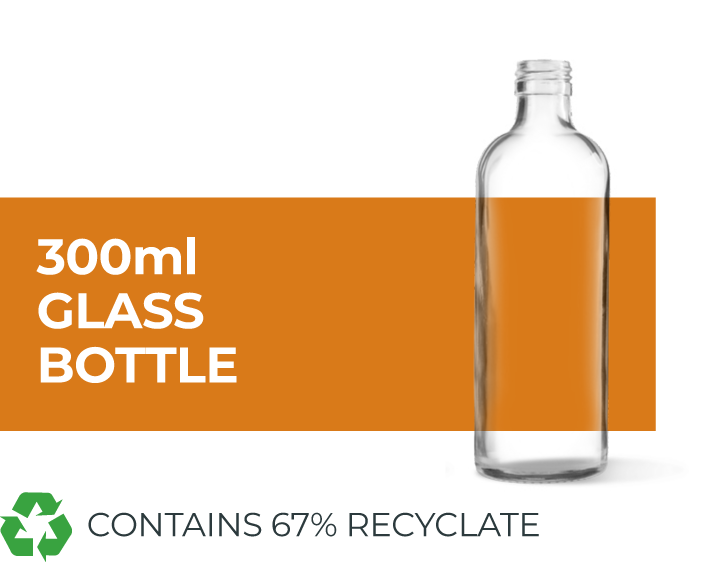
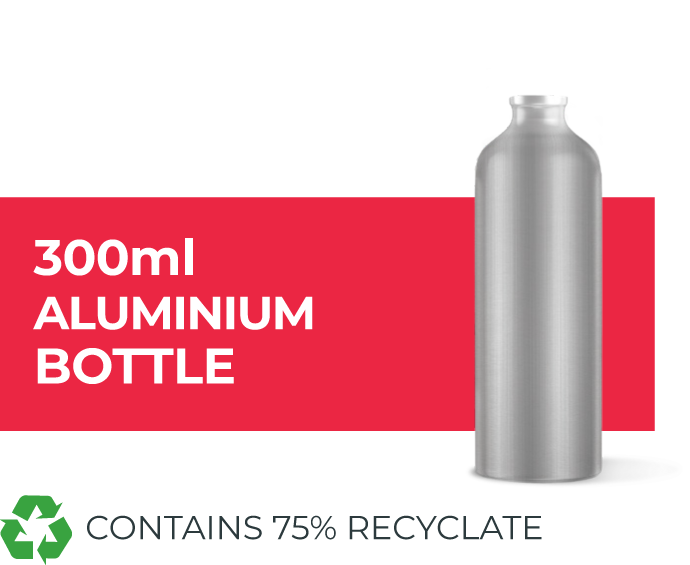
The HDPE and PET bottles used in the analysis contains 30% recyclate* and falls within scope of the UK Government’s Plastics Packaging Tax legislation. To provide a balanced analysis, the glass bottle used in the study contains 67% recyclate, and the aluminium bottle used in the study contains 75% recyclate, both in line with current industry average rates.
THE FINAL RESULTS FROM THE ANALYSIS
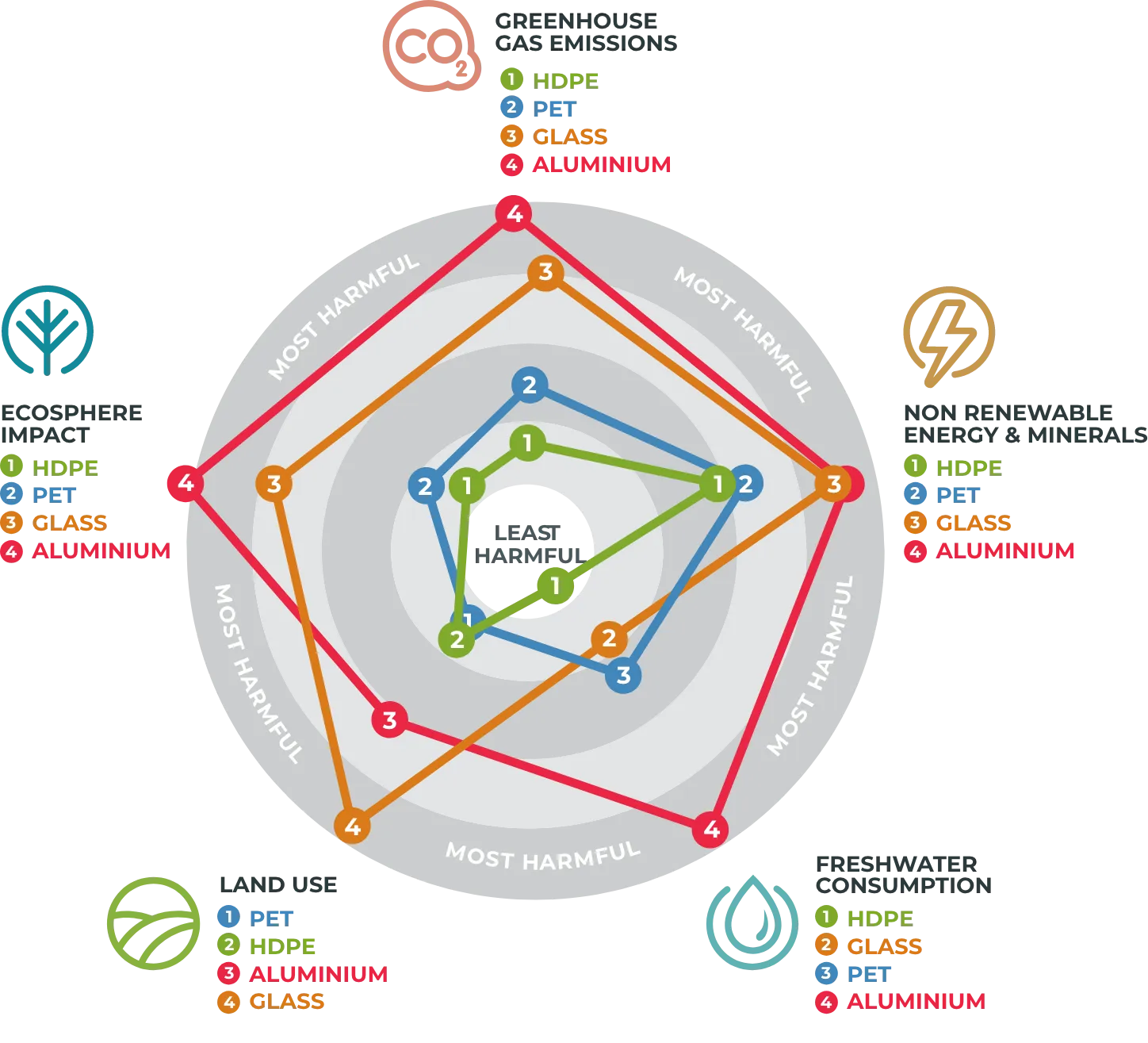
1st PLACE HDPE
HDPE ranked lowest across four of the five measurement levers (greenhouse gas emissions, non-renewable energy/minerals, freshwater consumption, and ecosphere impact). Within the land use driver, HDPE came second to PET.
2nd PLACE PET
Overall, PET ranked second in our analysis, with the lowest measure recorded on land use of the four materials in the study.
3rd PLACE GLASS
Glass ranked third overall. Although it was more efficient than PET in the freshwater consumption lever, it was less efficient than HDPE bottle production due to high processing temperatures. Despite its high recyclate level, its significantly higher weight resulted in a high impact.
4th PLACE ALUMINIUM
Aluminium ranked last across four of the key levers, with only land use for glass proving more inefficient overall. Aluminium manufacture is highly energy-intensive, resulting in the high impact of the bottle despite containing the highest recycled content.
RECYCLING RATES
Our report used all materials’ latest recycling figures for the UK market to provide a fair analysis. The LCA includes a high recycling increase on previous figures for aluminium and what continues to be a flatline constant recovery figure for glass. Recycling figures for HDPE and PET are based on recycled bottle recovery figures to provide a more realistic score than total recycled plastics.
It is impossible to provide a split between plastic bottle materials in recycling (in this case, HDPE, and PET), so the overall figures have been applied to both materials, understanding that there is a solid growing framework to recover both in the UK market. We look for a 10%+ marker to guide significant step-change where percentage change differences are shown.
DOWNLOAD OUR LCA LITERATURE
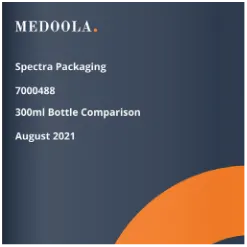
Full Life Cycle Analysis Report
Our independent analysis, provides all the scientific data needed to make an informed judgement.
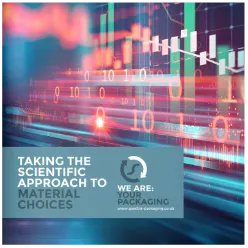
Explanation Brochure
This engaging easy-to-digest document explains the findings from the full report.



